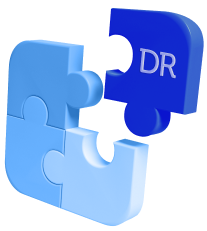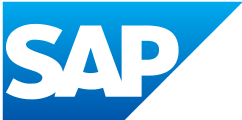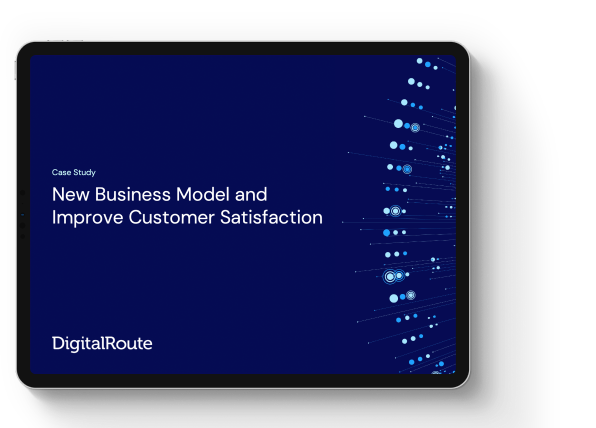Case Study
How a Leader in Printing Achieved Significant Growth by Introducing Usage-Based Billing
A global leader in printing and imaging solutions aiming to retain leadership by sustainably transforming its business model, and better serving its customers
The multi-award-winning company provides printing and imaging products, software, solutions, and services aimed at helping customers operate with optimized efficiency.
It focuses on sustainability in its solutions that are provided throughout the printing lifecycle. The company has an impressive 95% customer renewal rate.
The company aims to maintain its position as one of the leading printer manufacturers in the world, with constant business innovation and commitment to the environment.
Challenge
The company had long sold its printers the traditional way: as a product, under a one-time fee transaction.
However, as competition increased, and the risk of printer hardware becoming commoditized grew, company leaders wanted to cultivate a more competitive and sustainable business model.
The company’s goal was to shift from selling devices to selling printing-as-a-service, and charging based on usage and consumption of printing resources such as ink and paper.
Challenges in short:
Shift from selling hardware to selling printing services.
Need to cultivate a more competitive business model.
Set up charging based on consumption.
Solution
Under the new model, the company typically installs printers free of charge for its medium to large enterprise customers, connecting them to a network that feeds events and consumption data to the DigitalRoute Usage Engine.
Consumption events (the chargeable customer behaviour) includes printed pages, toner usage, printer status, and other events. The events can be bound to specific individuals or departments, allowing the company’s clients to allocate internal costs for printing services in an accurate, transparent way.
The printers also use the connectivity to report on their performance and health status. With these insights, the company can now implement predictive maintenance that results in a high availability and better service levels to corporate clients.
Outcome
With valuable insights on consumption and predictive maintenance, the company grew its revenue margins from 27% to 34% (26% improvement) within two years, and improved customer satisfaction (NPS score) from 29 to 43 (48% improvement) during the same time period.
With the new consumption-based business model, the company can lower the capital investment threshold for its products, since printers are installed at no cost and customers only pay for consumption.
Additionally, the Company can now use its deep visibility into customer behaviour to develop and sell new and targeted services.
Outcome in short:
+26% Company growth.
+48% Customer satisfaction.
Predictive maintenance insights.
Increased insights to support development of additional customer-centric services.
Let’s get started!
Ready to join the frontrunners in usage-based services?
Get in touch so we can learn about your challenges and help you take the next step.
Book a demo


